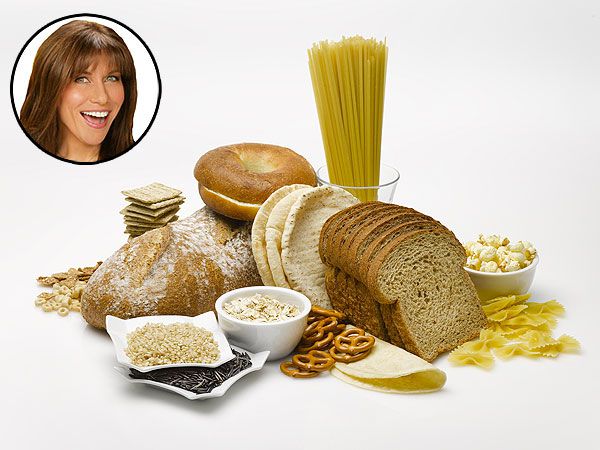The Mustard That Packs a Punch: Discovering the Secrets of German Mustard

Mustard boasts a rich and storied history, with its origins dating back thousands of years. Its journey from ancient civilizations like China and Rome to medieval Europe is a fascinating tale of culinary evolution. Each region added its own flair, with Germany standing out as a place where mustard has become an integral part of cuisine and culture. Let’s delve into the unique flavors, preparation techniques, and contemporary significance of German mustard.

Historical Origins of Mustard
Archaeological findings in the Indus Valley suggest mustard cultivation dates back to around 1850 BCE. The Zhou Dynasty in China saw the origin of yellow mustard paste, which was used in royal courts to stimulate appetite. The Romans, however, were pioneers in mustard condiment preparation.
Mustard’s Journey to Germany
Although mustard’s origins can be traced back to ancient civilizations, its journey to Europe, especially to Germany, is a story of culinary exchange and innovation. The Romans, known for their ‘burning must,’ played a pivotal role in this.
The Romans likely introduced mustard seed to Gaul. By the 10th century, monks in Paris had adopted the Roman mustard-making techniques.Dijon, France, emerged as a mustard-making hub by the 13th century, with historical records documenting guests consuming 320 liters of mustard creme at a gala in 1336.
What Sets German Mustard Apart
As mustard made its way through Europe, each region added its unique touch. Germany, with its rich culinary history, was no exception. The distinctiveness of German mustard lies not only in its taste but also in its preparation and the variety of seeds used.
German mustard relies on three primary types of mustard seeds: white mustard seeds (Sinapis alba), brown mustard seeds (Brassica juncea), and black mustard seeds (Brassica nigra). The white seeds produce a very mild, almost bland mustard. Brown seeds make a spicy mustard, while black seeds create a robust, pungent mustard with intense heat.
German mustard preparations traditionally use brown or black seeds.The seeds may be ground or coarsely crushed, depending on the desired texture. Cold water and vinegar are then added to develop the signature German mustard flavor. Too much liquid can make the mustard thin and watery. The mustard paste is often allowed to rest for a period to allow the flavors to mingle and mellow.
The temperature of the water and concentration of added acids also influence the strength and spice level. Hot water softens the compounds that give mustard its bite, while cold water preserves the robust flavor. Vinegar lowers the pH, activating the pungent compounds, while lemon juice introduces citrus notes.
German Mustard in Modern Cuisine
In Germany, three primary types of mustard prevail: spicy-hot, mild, and sweet brown, each serving its unique culinary purpose.
Spicy-hot mustard is great for adding some heat to meats. You can enjoy it with things like a plate of meats and cheese, sausages, or smoked meats.
The uniqueness of German mustard doesn’t end with its preparation. Its versatility has made it a staple in modern cuisine, not in Germany but around the world. Let’s delve into how this age-old condiment has found its place in contemporary dishes.
Mustard is a versatile condiment, pairing well with meats, vegetables, and cheeses. It’s a staple in sandwiches, hamburgers, and hot dogs.
Beyond being a condiment, mustard is also a key ingredient in many dressings, glazes, sauces, soups, and marinades. When used as a condiment, a good German-style mustard can add the perfect flavor punch to dishes like sausages, sandwiches, and pretzels.
German mustard’s bold flavor stands up well to hearty meats like sausages, pork, and beef. Its pleasant pungency and subtle sweetness also complement rich cheeses and creamy dishes. When used in cooking, the mustard mellows out while adding a complex savory depth.
The Temptation of Bavarian Sweet Mustard
A speciality mustard hailing from Bavaria, the sweet mustard here pairs spicy mustard seeds with honey for a complex, molasses-like flavor. Its milder taste and fruity undertones make it popular for glazing meats or use as a dip. The honey mellows the mustard’s bite while retaining its quintessential tangy flavor.
Bavarian mustard derives its distinct sweetness by blending ground mustard seeds with honey, brown sugar, or apple juice instead of vinegar, resulting in notes of caramel and molasses. Regional dark beers and wines are occasionally incorporated to enhance complexity.
The sweetness is by the zing of brown or black mustard seeds. When prepared in the traditional manner with chilled ingredients, the result is a robust mustard with a well-rounded fruity sweetness.
This speciality mustard is tailor-made for pretzels, sausages, and smoked meats. The sweet flavor balances the salt and fat, while the mustard punch cuts through rich dishes.The hints of honey also make it an ideal choice for glazing baked or grilled ham, chicken, or pork.
FAQs
How does German mustard differ from other European mustards?
German mustards, like Bavarian sweet mustard, get their flavor from crushed brown or black mustard seeds. They use cold water instead of vinegar, allowing natural flavors to emerge.
Why Is Bavarian Sweet Mustard Regarded as a Delicacy in Germany?
Bavarian mustard achieves its distinctive flavor through a unique blend of spicy mustard seeds and honey, resulting in a complex yet harmonious taste. This technique has been honed over centuries in Bavaria, solidifying its status as a staple for sausages, pretzels, and meats. As a specialty regional mustard, it is prized across Germany.
How has the mustard-making process evolved in Germany over the years?
Large manufacturers use methods like steaming and crushing mustard seeds for flavor.
While small producers stick to traditional processes for authentic regional tastes.
The Essence of German Mustard
Whether we consider its historical origins, distinctive regional preparations, or contemporary culinary applications, German mustard offers more than just a pungent flavor. It brings an unmistakable punch and character to dishes across cuisines.A dollop of Bavarian sweet mustard can add vibrancy to a sandwich or pretzel. Indeed, mustard connoisseurs concur that this is a mustard that delivers a lip-smacking punch.




